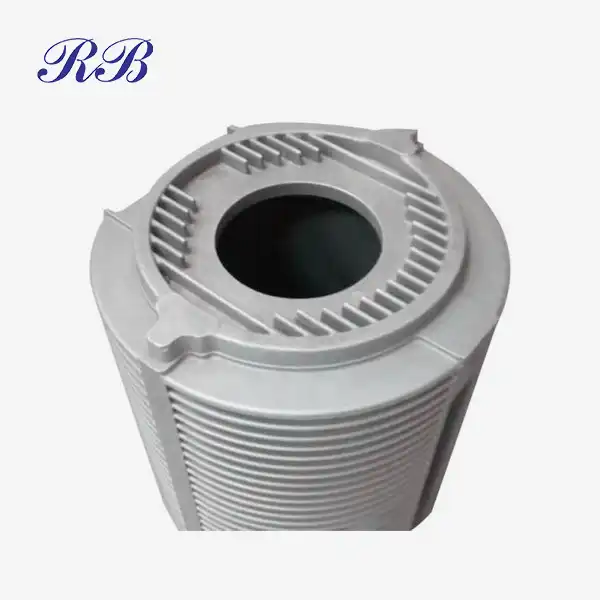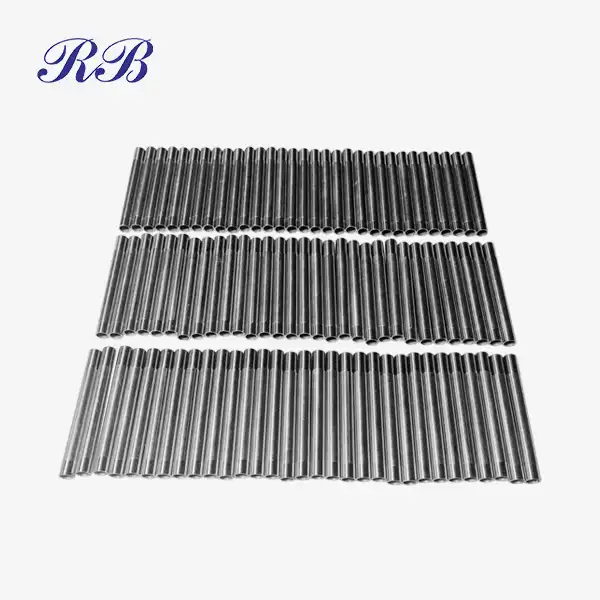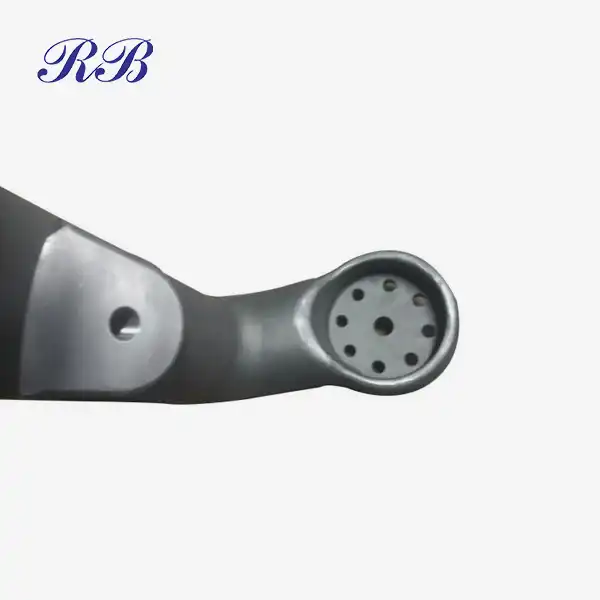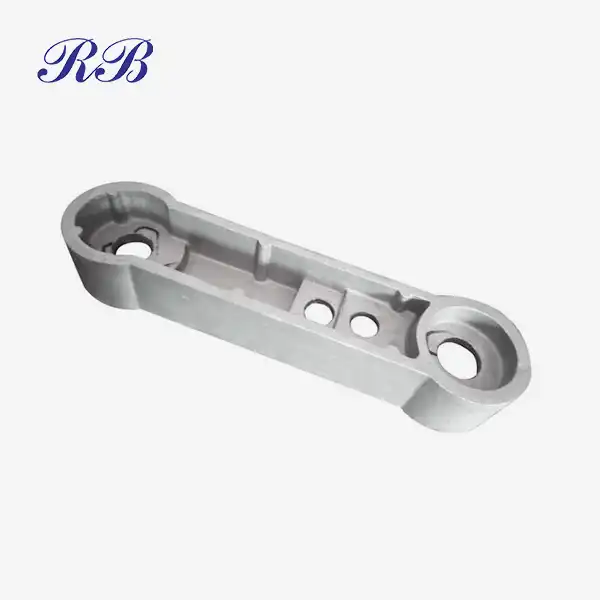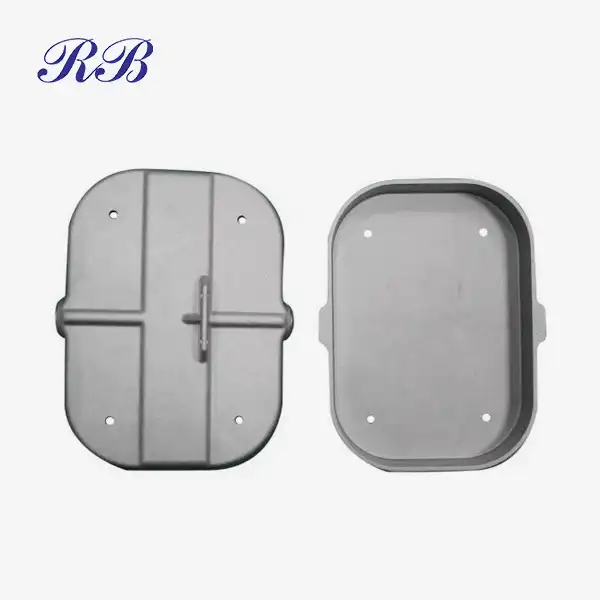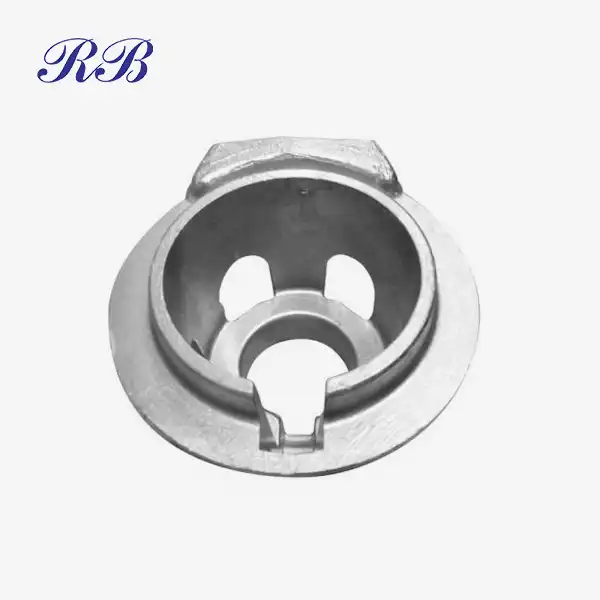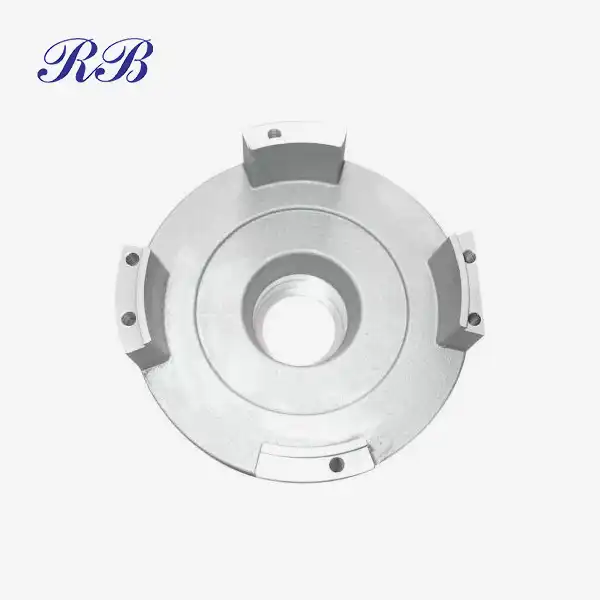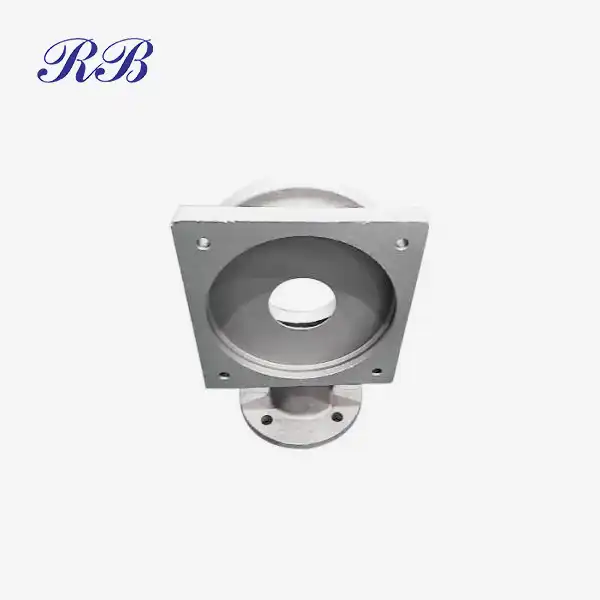Die casting
Principle
Die casting refers to a casting method in which molten or semi-molten metal is injected into a metal mold at high speed and crystallized under pressure, referred to as die casting. The commonly used injection pressure is 30-70 MPa, the filling speed is about 0.5-50 m/s, and the filling time is 0.01-0.2 s.
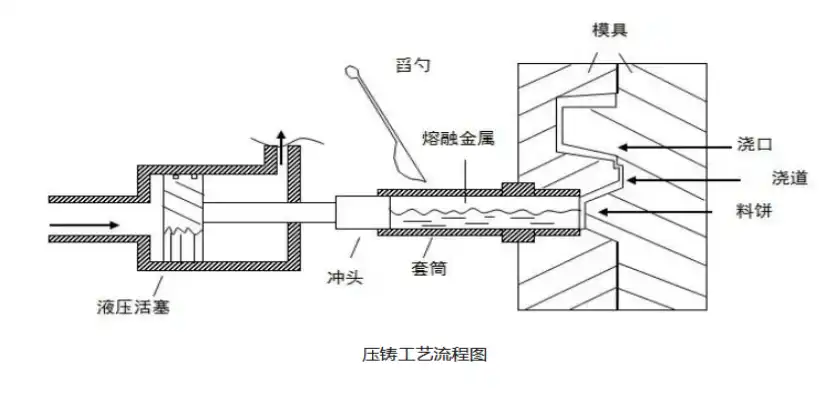
Features
1. Advantages of die casting
1) High productivity, easy to realize mechanization and automation, and can produce thin-walled castings with complex shapes. The minimum wall thickness of die-cast zinc alloy is only 0.3 mm, the minimum wall thickness of die-cast aluminum alloy is about 0.5 mm, and the minimum casting hole diameter is 0.7 mm.
2) The casting has high dimensional accuracy and small surface roughness. The dimensional tolerance grade of die castings can reach CT3-CT6, and the surface roughness is generally Ra0.8-3.2μm.
3) Parts can be embedded in die castings, which not only saves precious materials and machining time, but also replaces the assembly process of components, which can save the assembly process and simplify the manufacturing process.
2. Disadvantages of pressure casting
1) During die casting, the liquid metal filling speed is high, and the gas in the cavity is difficult to completely remove. The casting is prone to defects such as pores, cracks, and oxidation debris. Die castings cannot usually be heat treated.
2) The structure of the die casting mold is complex, the manufacturing cycle is long, and the cost is high. It is not suitable for small-batch casting production.
3) The cost of the die casting machine is high and the investment is large. Due to the limitations of the die clamping force and die size of the die casting machine, it is not suitable for the production of large-scale die castings.
4) The types of alloys are limited to non-ferrous alloys such as zinc, magnesium, and copper. [3]
Application
Due to the advantages of die casting, it has been widely used, mainly in large-scale production of non-ferrous alloy castings. In the output of die castings, aluminum alloy die castings account for the largest proportion, accounting for 30% to 50%; followed by zinc alloy die castings; copper alloy die castings account for 1% to 2%. The largest application of die castings is in the automobile and tractor manufacturing industries, followed by instrument manufacturing and electronic instrument industry, and then agricultural machinery, defense industry, computer, medical equipment and other manufacturing industries. The parts produced by die casting include engine cylinder blocks, cylinder heads, gearbox housings, engine hoods, instrument and camera housings and brackets, pipe joints, gears, etc.
In recent years, high technology has been applied to the field of die casting. For example, a three-stage injection mechanism is used to control pressure, injection speed and gas in the mold. The development of special die casting processes (such as vacuum die casting, directional air injection die casting, oxygenated die casting, etc.) and the application of computer control technology can effectively remove pores and improve the density of castings. At the same time, new mold materials and new heat treatment processes are developed to extend the life of the die, which has made certain progress in ferrous metal die casting.


